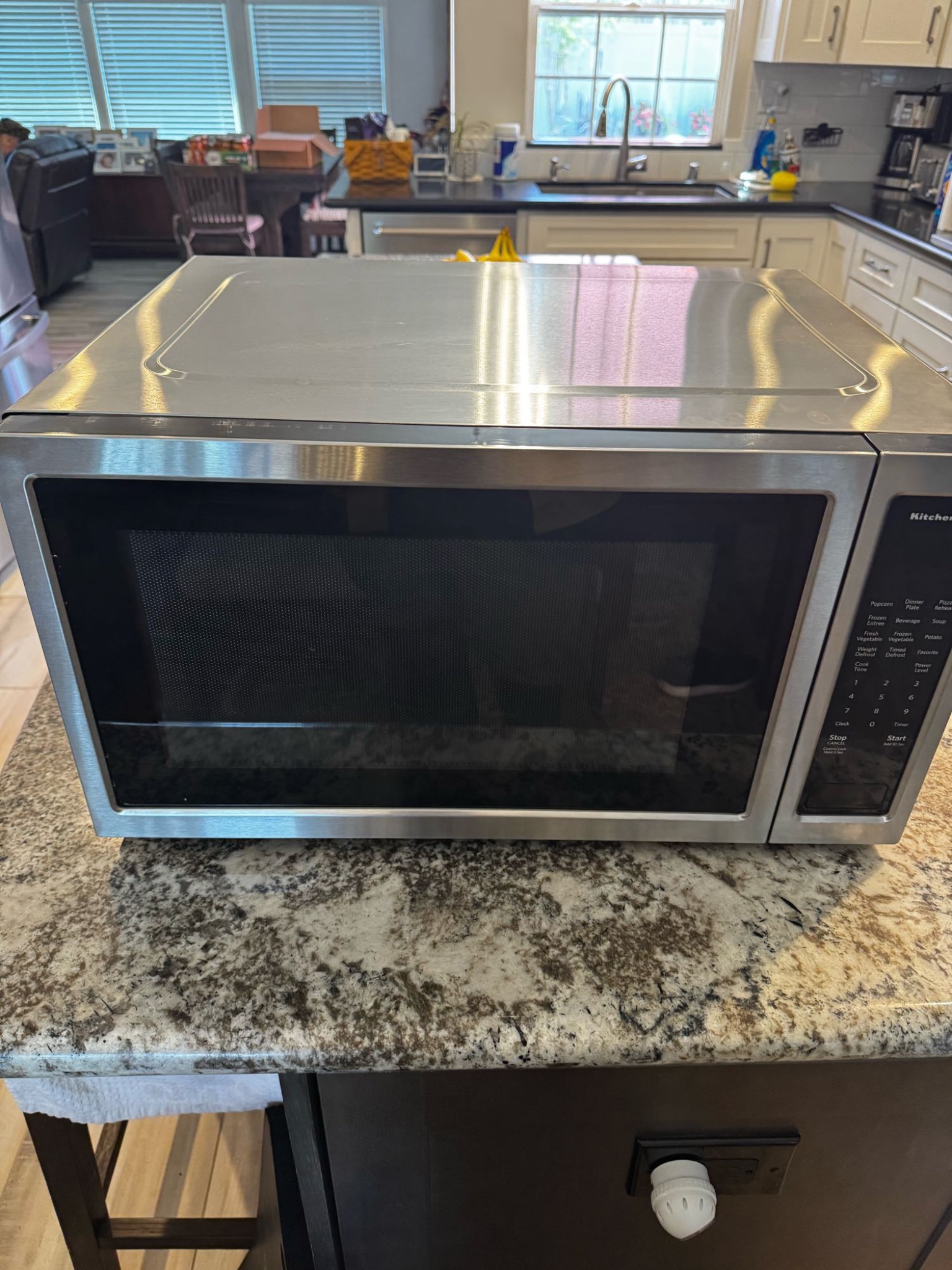
A microwave oven is one of the most convenient appliances in modern households, making it possible to reheat leftovers, cook meals, and defrost food in a matter of minutes. But when it stops heating food evenly, this convenience quickly turns into frustration. Uneven heating—where one part of your meal is scalding hot while another part is still cold—is not only annoying but also a possible indicator of serious internal issues. Two of the most common culprits behind this problem are a faulty magnetron and a damaged waveguide cover.
In this article, we’ll explain what these components do, how they affect your microwave’s performance, and why you should act quickly to resolve the issue.
Why Uneven Heating Happens in Microwaves
Microwaves cook food by emitting electromagnetic waves that cause water molecules in the food to vibrate and generate heat. For this process to work properly, the internal parts of the appliance must function smoothly together. When something interrupts the flow of microwave energy—whether due to a failing magnetron or a blocked waveguide cover—the result is inconsistent heating. Although uneven cooking could sometimes be caused by overloading the microwave or not placing food correctly, persistent problems often point to mechanical or electrical failures.The Role of the Magnetron
The magnetron is essentially the engine of your microwave. It generates the electromagnetic waves that are directed into the cooking cavity. Without a working magnetron, your microwave won’t heat food at all. When the magnetron is partially failing, it might still generate waves, but not with consistent strength. This leads to hotspots where certain areas of the food absorb more energy than others, leaving cold spots untouched.Signs of a Faulty Magnetron:
- Food takes much longer to heat than usual.
- Certain areas of food are overheated while others remain cool.
- Strange humming or buzzing noises during operation.
- Microwave trips the breaker or shuts down mid-cycle.
The Importance of the Waveguide Cover
While the magnetron generates microwave energy, the waveguide cover directs it into the cooking chamber. It’s usually a thin piece of mica or similar material mounted on the side of the microwave cavity. If the waveguide cover is damaged, burnt, or clogged with food splatters and grease, it cannot properly channel the energy. Instead, it may block or scatter the waves, which directly causes uneven heating. Worse still, a heavily damaged cover may create sparks, leaving burn marks or even posing a fire hazard.Signs of a Damaged Waveguide Cover:
- Visible burns, charring, or holes on the cover.
- Crackling or sparking sounds when the microwave is running.
- Dark smoke or scorch marks inside the microwave.
- Food not cooking evenly despite the turntable working properly.
Why You Shouldn’t Ignore Uneven Heating
It might seem easy to work around uneven heating by rotating food manually or reheating for longer, but ignoring the problem is risky. A failing magnetron can eventually stop working completely, rendering your microwave useless. A damaged waveguide cover, on the other hand, can lead to arcing (sparks inside the microwave), which is both unsafe and potentially damaging to the entire appliance. Using a malfunctioning microwave also poses health risks. Unevenly heated food may not reach a safe temperature throughout, especially when reheating leftovers, leading to the possibility of consuming undercooked food and harmful bacteria.When to Call a Professional
If your microwave is consistently underperforming despite following basic best practices—such as not overloading the appliance, using microwave-safe containers, and cleaning the interior regularly—it’s time to seek professional help. Microwave repair requires technical knowledge and specialized tools. Both the magnetron and the high-voltage capacitor inside the appliance pose significant electrical hazards. For this reason, DIY troubleshooting beyond basic cleaning and inspection of visible parts is strongly discouraged.Preventive Care Tips
To avoid future problems with uneven heating:- Keep it clean: Regularly wipe down the interior and the waveguide cover to prevent grease buildup.
- Use microwave-safe containers: Certain plastics or metals can interfere with wave distribution.
- Avoid overloading: Heating too much food at once can strain the magnetron and result in poor performance.
- Inspect regularly: Check the waveguide cover for any discoloration or cracks.
- Schedule maintenance: Professional inspections can catch issues before they escalate.